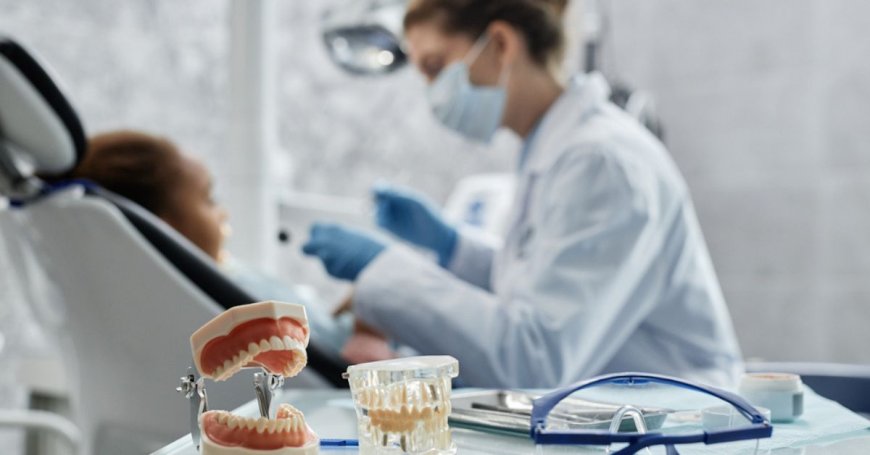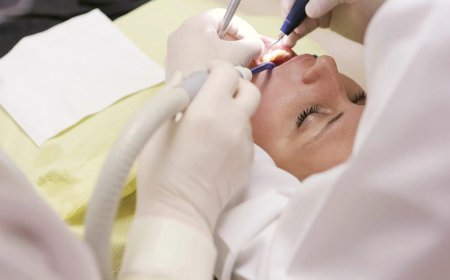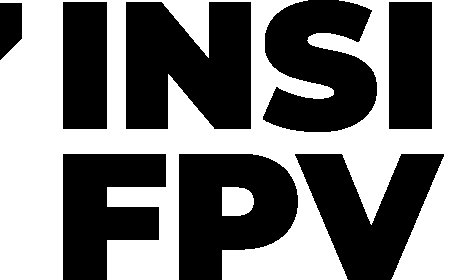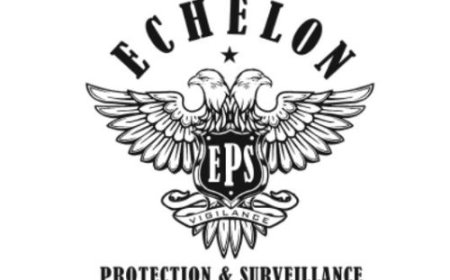Licensing Certification and Sedation Roadmap for Dentists
Explore the essential steps in dental licensing certification and sedation compliance to ensure safe patient care and meet state continuing education requirements.

In an ever-evolving dental landscape, practitioners must navigate a complex web of licensing protocols, certification standards, and sedation regulations before they can safely treat patients.
From understanding initial licensure requirements to maintaining advanced life support credentials and selecting appropriate sedation methods, the pathway to compliance demands careful planning.
This guest perspective outlines the critical milestones that guide dentists from their earliest credentialing efforts through ongoing continuing education. By following this roadma,p clinicians can uphold the highest standards of patient safety while ensuring their practices remain fully compliant with state and national guidelines.
Understanding Dental Licensing Requirements
Every dentists professional journey begins with securing the proper license to practice. Requirements vary by region but typically include graduation from an accredited dental program, passing written board examinations, and completing clinical assessments.
Regulatory boards assess academic transcripts to verify that candidates meet foundational knowledge benchmarks in areas such as anatomy, pharmacology, and clinical dentistry. In some states, additional steps, such as jurisprudence examinations, test the understanding of local practice laws and ethical standards.
Once licensed practitioners receive a formal certificate, they are granted legal authority to perform routine and specialized dental procedures within the jurisdiction.
Navigating Foreign Credentials and Permits
For dentists who completed their education abroad, the path to practice often involves supplemental evaluations of overseas degrees and credentials.
Many licensure bodies maintain lists ofstates that allow foreign trained dentists under specific conditions. Applicants must submit detailed transcripts and course syllabi, and may be required to undergo supplementary clinical training or examinations to demonstrate equivalency.
Credential evaluation agencies play a crucial role in verifying academic records and issuing reports that boards use to determine whether foreign-trained clinicians meet local standards. Through this process, skilled professionals can transition smoothly into domestic practices while upholding rigorous educational and patient care benchmarks.
Advancing with PALS Certification
Patient safety protocols extend beyond routine dentistry when sedation is included in the treatment plan. Dentists offering moderate to deep sedation or serving pediatric populations must secure advanced life support credentials.
ThePALS certification for dentists equips teams with essential skills in pediatric airway management, cardiac life support, and emergency response.This credential involves comprehensive coursework followed by hands-on testing scenarios designed to simulate real-world pediatric emergencies.
By obtaining and regularly renewing PALS certification, practitioners and their assistants stay prepared to manage complications swiftly and effectively, ensuring a safe environment for children and medically complex patients alike.
Sedation Options and Regulatory Oversight
Selecting the right sedation method requires both clinical judgment and compliance with state regulations.
Comparing IV sedation vs general anesthesia reveals that intravenous techniques offer flexible dosing, rapid onset, and quicker patient recovery, while general anesthesia demands an anesthesiologists presence and extended post-procedure monitoring.
Regulatory bodies prescribe specific training hours, supervised clinical cases, and facility standards for each level of sedation. Dental teams must document sedation protocols, patient consent forms, vital sign logs, and emergency equipment checks.
Through ongoing audits and self-assessment practices, organizations can verify adherence to sedation policies, thereby protecting patient welfare and minimizing legal risk.
Ongoing Education and State Requirements
Maintaining an active dental license hinges on fulfilling mandatory continuing education obligations. Each jurisdiction defines its own framework, often encompassing a mix of core topics and elective courses.
For example, professionals in Texas must follow Texas dental CE requirements that mandate credits in ethics, jurisprudence, infection control, and emergency preparedness, among other subjects.
Digital learning platforms, live seminars, and hands-on workshops all qualify for renewal credit totals. By strategically selecting courses aligned with practice areas and sedation protocols, clinicians can stay current on evolving drug guidelines, monitoring technologies, and patient management strategies.
Building a Culture of Compliance
Compliance extends beyond individual credentials to the collective ethos of a dental practice. Leaders establish written protocols for sedation checklists, patient screening, and equipment maintenance to ensure consistency and effectiveness. Staff meetings reinforce critical updates to licensing laws and certification timelines, while mock emergency drills test readiness for rare but critical events.
Clear documentation procedures ensure that every sedation case includes completed consent forms, vital sign records, and post-operative instructions. Incorporating compliance metrics into quality improvement initiatives fosters transparency and continuous learning. When a team shares responsibility for upholding standards, patient confidence deepens and overall care quality improves.
Conclusion
Charting a clear pathway from initial licensure through advanced sedation credentials empowers dental professionals to deliver safe, effective care within legal boundaries.
By understanding regional licensing requirements, evaluating credentials for internationally trained colleagues, securing vital certifications such as PALS, and adhering to continuing education mandates, clinicians build robust practices grounded in patient safety.
Meticulous documentation of sedation protocols, paired with a culture of shared accountability, cements compliance as a daily operational priority. As the field advances with novel sedation techniques and monitoring innovations, this roadmap serves as a reliable guide for dentists committed to excellence and legal integrity.
Frequently Asked Questions
What steps must a dentist take to obtain a state license?
A dentist begins by earning a degree from an accredited program and passing national board examinations. Applicants then submit their applications to the state board, which requires them to provide transcripts, test scores, and proof of clinical competency. Some states require jurisprudence exams or supervised practice hours before issuing a license.
How can foreign-trained dentists become licensed in the US?
Foreign graduates submit their academic records to credential evaluation agencies for verification and evaluation. They must pass equivalency exams and often complete additional clinical training. Many practitioners consult lists of states that allow foreign-trained dentists to choose jurisdictions with streamlined pathways.
Why is PALS certification important for sedation dentistry?
PALS certification for dentists ensures that the dental team can manage pediatric emergencies under sedation. The credential encompasses airway management, cardiac resuscitation, and advanced life support techniques, which are critical for safely treating children and medically complex patients.
Which sedation method is preferred for outpatient dental surgery?
Intravenous sedation offers rapid adjustment of drug levels minimal recovery time and maintained patient responsiveness. Regulations allow qualified dentists to administer IV sedation in outpatient settings, while general anesthesia typically requires an anesthesiologist and extended monitoring.
What continuing education is required to maintain a dental license?
Dentists must complete a specified number of credit hours in core topics, including ethics, infection control, and emergency management. Texas dental CE requirements, for example, outline mandatory credits in both general and sedation-specific subjects with options for online and in-person courses.
How can practices ensure ongoing compliance with sedation regulations?
Dental teams establish standard operating procedures for patient screening sedation monitoring and emergency response. Regular training updates, mock drills, and thorough documentation of each sedation appointment help maintain adherence to state and national guidelines.




































![Play99 Login & Registration Guide for Indian Users [2025 Update]](https://www.atlantanewsplus.com/uploads/images/202507/image_140x98_6870c1df7bfcd.jpg)
